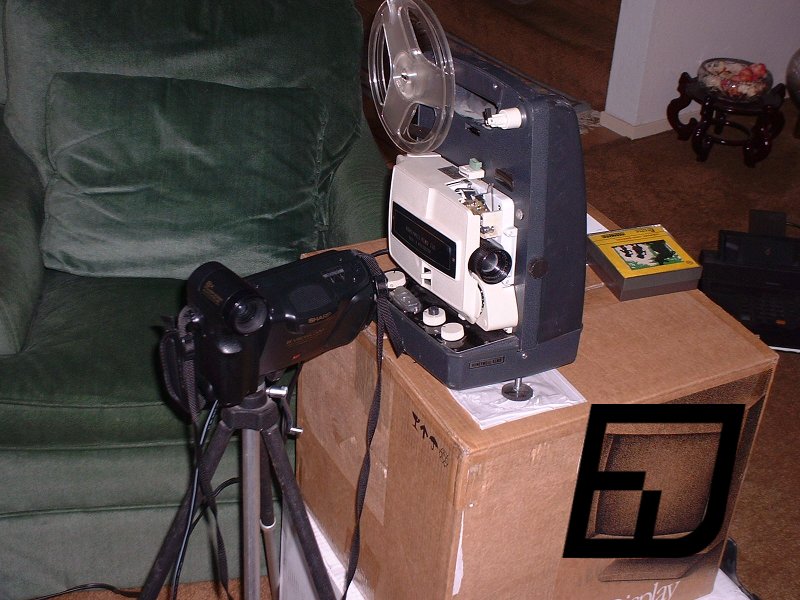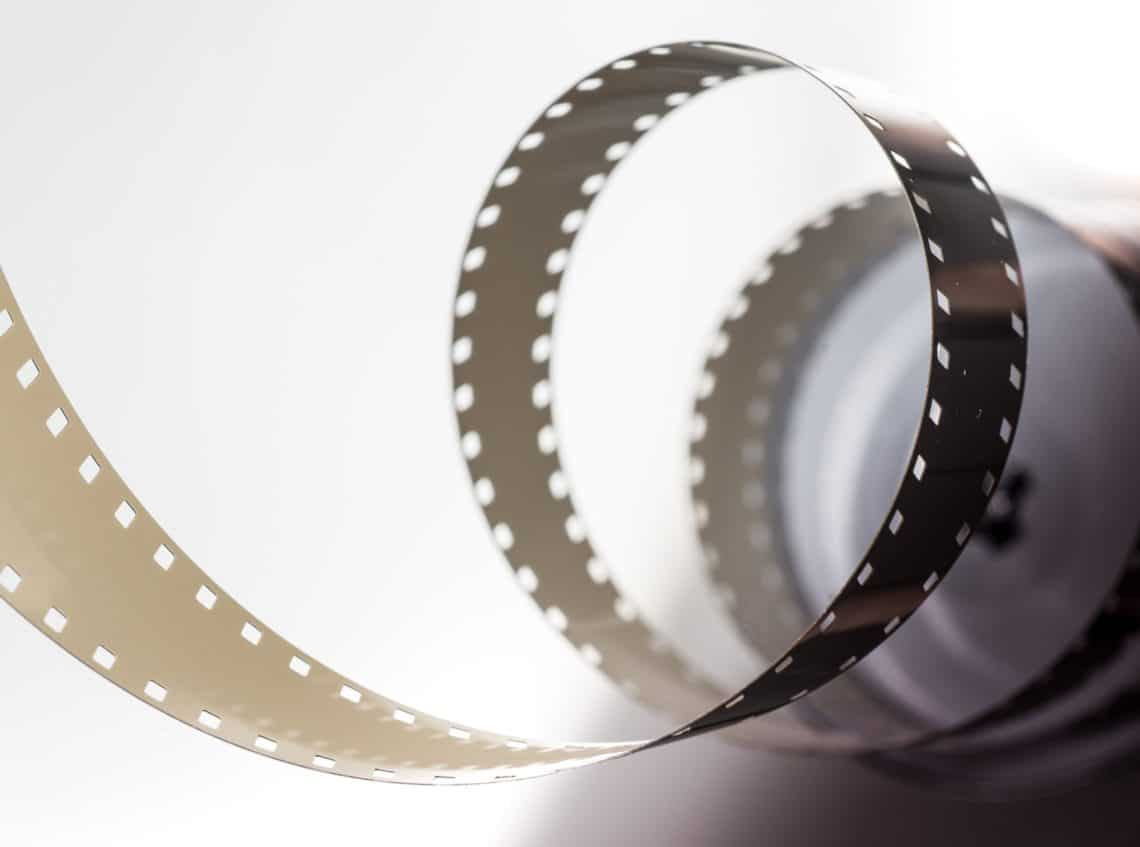8mm Film Fundamentals Explained
16mm film was utilized for house films for a time, however 8mm movie was more cost effective and therefore took over the marketplace once it was introduced. 16mm is still rather typically utilized as a semi-professional film format, while it has actually been changed with modern-day digital formats for home filmmaking.
This movie is made from 16mm stock however was really more affordable for consumers to buy than 16mm film. To develop this 8mm movie from 16mm, half of the 16mm would be exposed during the filming procedure, and consumers would turn it around once they reached completion of the movie.
These 2 25-foot strips would be spliced together to crate a 50-foot 8mm movie reel. The appeal of Super 8 film began in the mid-1960s. With Super 8 film came a 50 percent larger frame size, cartridge loading, and noise. If you have Extremely 8 film at home, you might discover it has smaller sprocket holes along the edge, which permits the larger frames.
If you are thinking about 8mm, Super 8, or 16mm film to digital conversion, you have resources right at your fingertips to assist you. There is no need to feel overwhelmed, due to the fact that professional business like Existing Pixel deal movie to digital conversion services to assist you keep your memories safe from damage and practical to expect generations to come.
The 7-Second Trick For 8mm Film
If you choose, you can likewise get your movie formats converted to DVD. At Current Pixel particularly, our skilled personnel will make sure you understand what movie format you have before using up-to-date innovation and knowledge to convert your 8mm, Super 8, or 16mm film to digital files and/or DVD.
We only utilize expert broadcast equipment and are able to provide services for about 1/2 of what it would cost from an expert lab in NY or LA. If you are searching for the best quality video or movie conversion at a great cost, you found it. We do a broad variety of work from amateur film and video tape to Federal government archives and Hollywood Independent Movies.
For more information, see our exclusive Video Transfer Technology. We are the leading 8mm, Super 8, 16mm and 35mm film transfer and 35mm slide transfer lab on the planet. It is our devices and Breaking News: We are a business constantly looking into and establishing brand-new technologies to get more quality from your movie and video tape conversions.
It gets rid of 95% of grain and video sound from movie and tapes to provide you a clean and sharp video from your old movies. It is an amazing innovation that has remained in advancement for years. Transferring movie film to DVD (and other digital video formats) can be a costly endeavor.
The smart Trick of 8mm Film Digitalization That Nobody is Talking About
We can convert Super 8 film, 16mm film 35mm film and 8mm to DVD, Blu Ray and any type of MOV, AVI or MP 4 submit as much as 4K resolution. We can also transfer slides to DVD, JPG and TIFF files, and we move video tapes to DVD and AVI files.
Our 16mm, 8mm and Super 8 movie conversion services are available throughout the United States, Europe, Asia and the Middle East. We are not only understood for our high end movie conversion services but likewise for the restoration innovations we utilize to make our movie conversion services the best in the industry.
If for any reason you are dissatisfied with our outcomes please contact us to go over any choices. * Quality of film conversion and remediation depends on condition of existing movie stock and/or videotape; significantly deteriorated original materials might be beyond the reach of even the most sophisticated remediation techniques. To read more, see our unique Online Video Client Index..
My family, like lots of families in the days before camera, caught bits of family history four minutes at a time on 8mm reels of film. Being a younger member of a big family, many of my memories of early household history were formed while enjoying the old movies on an old Bell & Howell projector during the semi-annual home motion picture nights.


The 15-Second Trick For Transfer 8mm Film To Digital
Scraping together about twelve dollars for movie and establishing, I might make a motion picture with my brother or with buddies. These were mainly unexpected productions, determined after the movie had actually been purchased, the film filled, and the "skill" put together. "OK, what should we do now?" was a common concern.
In the summer of 2010, in my mom's basement I discovered the box consisting of all the family movies. It had been several years because I had seen them. Years before a couple of my brother or sisters had had actually the movies moved to VHS, however I had actually lost the tape. Film transfer technology has gotten much better in the intervening years, so I decided then to have them regained.
I'm not saying this is the finest way; it is just the way I did it and if you are thinking about doing something like this yourself, possibly you can learn from my bad moves. This summary is barely thorough. Here is a good write of a number of the problems.
I have not dealt with it or believed much about it since. I am contacted, a minimum of month-to-month, by someone asking if I will transform movies for them. To head off more of that: sorry, the answer is no, I do not do that; I currently have a full-time task and insufficient spare time.
Digitalization Of 8mm Film for Dummies
Because I haven't taken a look at all at this sector in 8 years, I really have no useful opinion. I'm sorry I can't be more aid, but this article already consists of all the things I knew when I was rather approximately date. Interesting links on the same subject: Back in VHS days, one typical approach of moving films to tape was quite basic: the film would be projected on a screen, and a video electronic camera would movie the screen and capture the image in genuine time.
In truth, one can do this in the house. One issue is that the frame rate of movies are different than the frame rate of video. For example, routine 8mm movie is usually 16 fps, extremely 8mm films is generally 18 fps, and video is 30 fps (actually 29.97 if you want to quibble).

Another issue is that a lot of projectors don't uniformly light the frame: the center is brighter than the edges, producing a "hot spot" result. If a basic projector is used, the movie rylanajkj153.zoninrewards.com/20-best-tweets-of-all-time-about-8mm-film-and-processing gate (a piece of metal with a rectangle-shaped hole in the center which the movie is forecasted through) will shut out all the image near the edges of each frame, as much as 20% of the image.
There are a little better units dedicated to the job that can eliminate a few of these problems, however they still suffer from the problem of unsynchronized frame http://www.bbc.co.uk/search?q=slides to digital rate conversion: Nowadays the image is captured to DVD instead of VHS, but there are the same essential defects as before. http://edition.cnn.com/search/?text=slides to digital Do not under any situation choose this alternative, no matter how cheap.